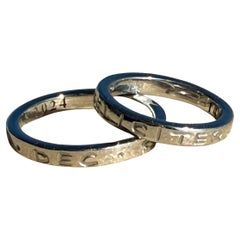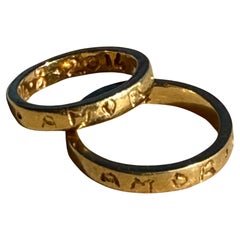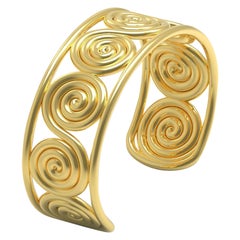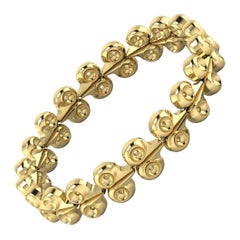Informazioni su Romae Jewelry
La collezione boutique ROMAE è stata creata da un team di archeologi e artisti classici che hanno trascorso gli ultimi 20 anni vivendo e lavorando a Roma, in Italia. I gioielli di ROMAE si ispirano ad esempi antichi trovati in scavi archeologici in tutte le terre che un tempo erano comprese nell'impero romano. Ogni pezzo è realizzato con amore e cura e con il desiderio di richiamare l'eleganza e il fascino eterno dell'originale. Con i nostri disegni, siamo felici di rendere i gioielli dell'antica Roma ancora una volta attuali, alla moda e disponibili.

Fondazione nel 2020Venditore 1stDibs dal 2021
Articoli in evidenza
Anni 2010, Italiano, Romano classico, Fedi nuziali
Oro, Oro bianco, Oro giallo, Oro 18k
Anni 2010, Italiano, Fedi nuziali
Oro, Oro 14k, Oro bianco, Oro giallo
Anni 2010, Italiano, Romano classico, Bracciali cuff
Oro, Oro 22k, Oro giallo
Anni 2010, Europeo, Greco classico, Bracciali a maglie
Oro, Oro 18k, Oro giallo
Di antiquariato/d’epoca, Fino al XV secolo, Italiano, Romano classico, O...
Oro 18k, Oro giallo
Di antiquariato/d’epoca, Fino al XV secolo, Italiano, Romano classico, O...
Oro 18k, Oro giallo, Oro
XXI secolo e contemporaneo, Italiano, Contemporaneo, Anelli alla moda
Oro 24k, Oro giallo
Di antiquariato/d’epoca, Fino al XV secolo, Italiano, Romano classico, A...
Oro giallo, Oro, Oro 18k
Di antiquariato/d’epoca, Fino al XV secolo, Italiano, Romano classico, A...
Oro, Oro 18k, Oro giallo
Di antiquariato/d’epoca, Fino al XV secolo, Italiano, Romano classico, A...
Oro, Oro 22k, Oro giallo
Di antiquariato/d’epoca, Fino al XV secolo, Italiano, Greco classico, Co...
Oro, Oro 22k, Oro giallo
Di antiquariato/d’epoca, Fino al XV secolo, Europeo, Greco classico, Bra...
Oro, Oro 18k, Oro giallo
Altre informazioni su Romae Jewelry
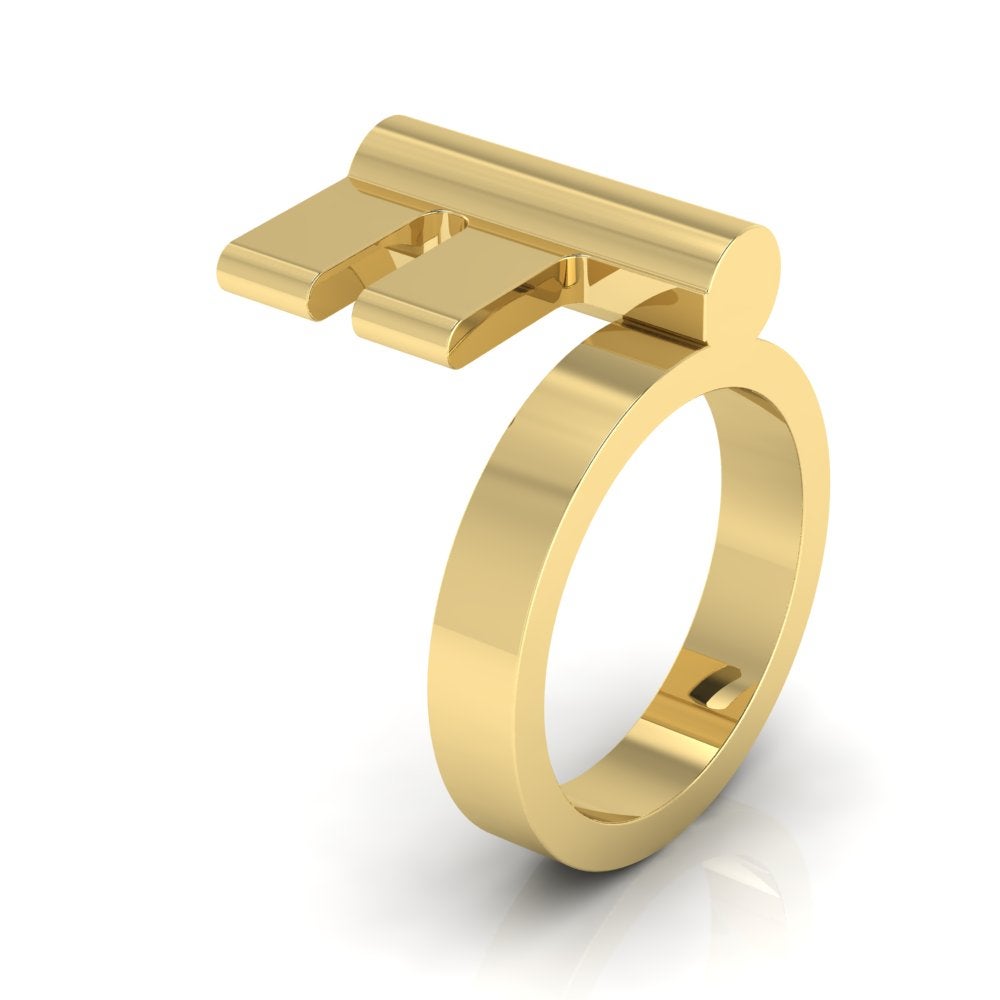
Our striking "Securitas" ring, based on an ancient Roman key ring dating to between the first and third centuries AD.
Our stately "Nimrud" cufflinks, which have a long tradition going back to the ancient Near East! The floral motif is seen on a cuff bracelet adorning male figures in the very famous alabaster relief images from the palace at Nimrud, which date to c. 880 BC.
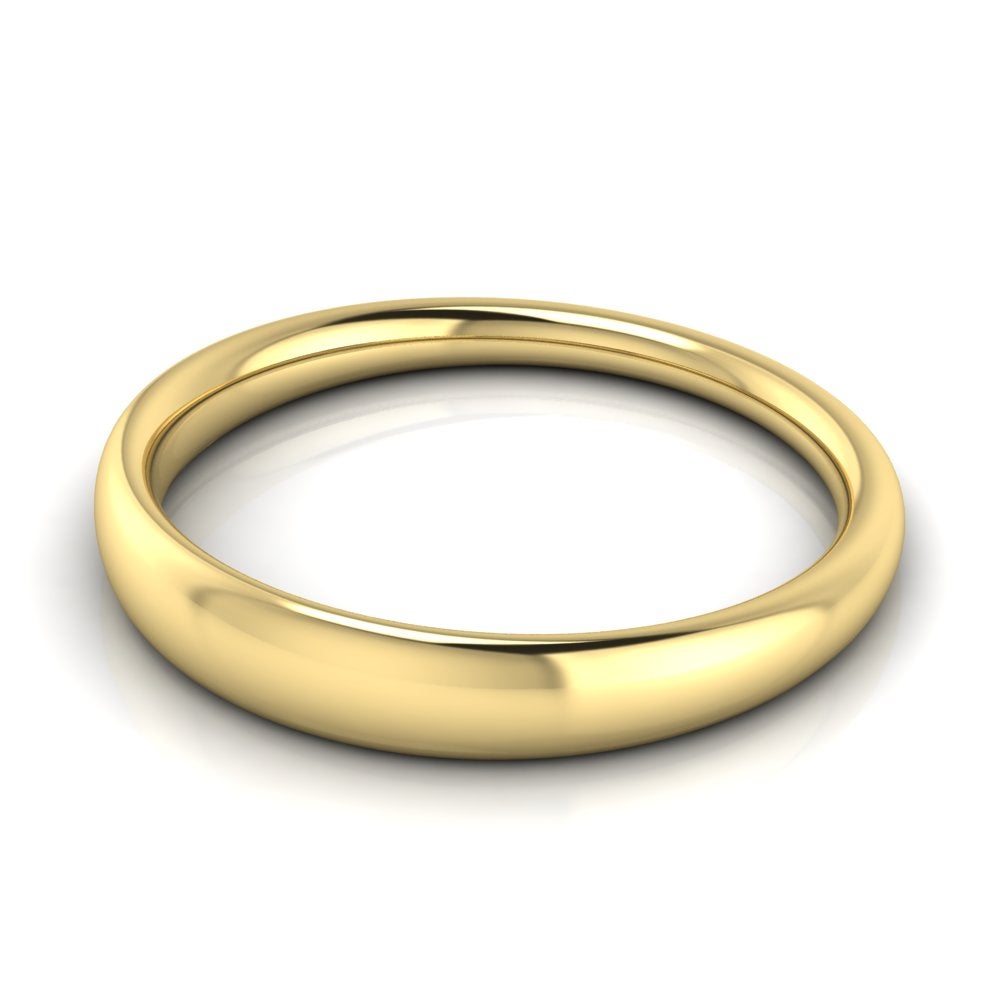
Our "Fortuna" bracelet, solid luxury, inspired by an example found in the excavations of the ancient Roman villa at Oplontis, in the Bay of Naples, and dating to before AD 79.

Love as an unbreakable bond - this is the message of our signature "Amor" ring, based on a gorgeous Hellenistic Greek example dating to the third century BC.

Our lavish "Luxus" ring is a statement of luxury, and is modeled after an original from Cyprus dating to the sixth century BC.
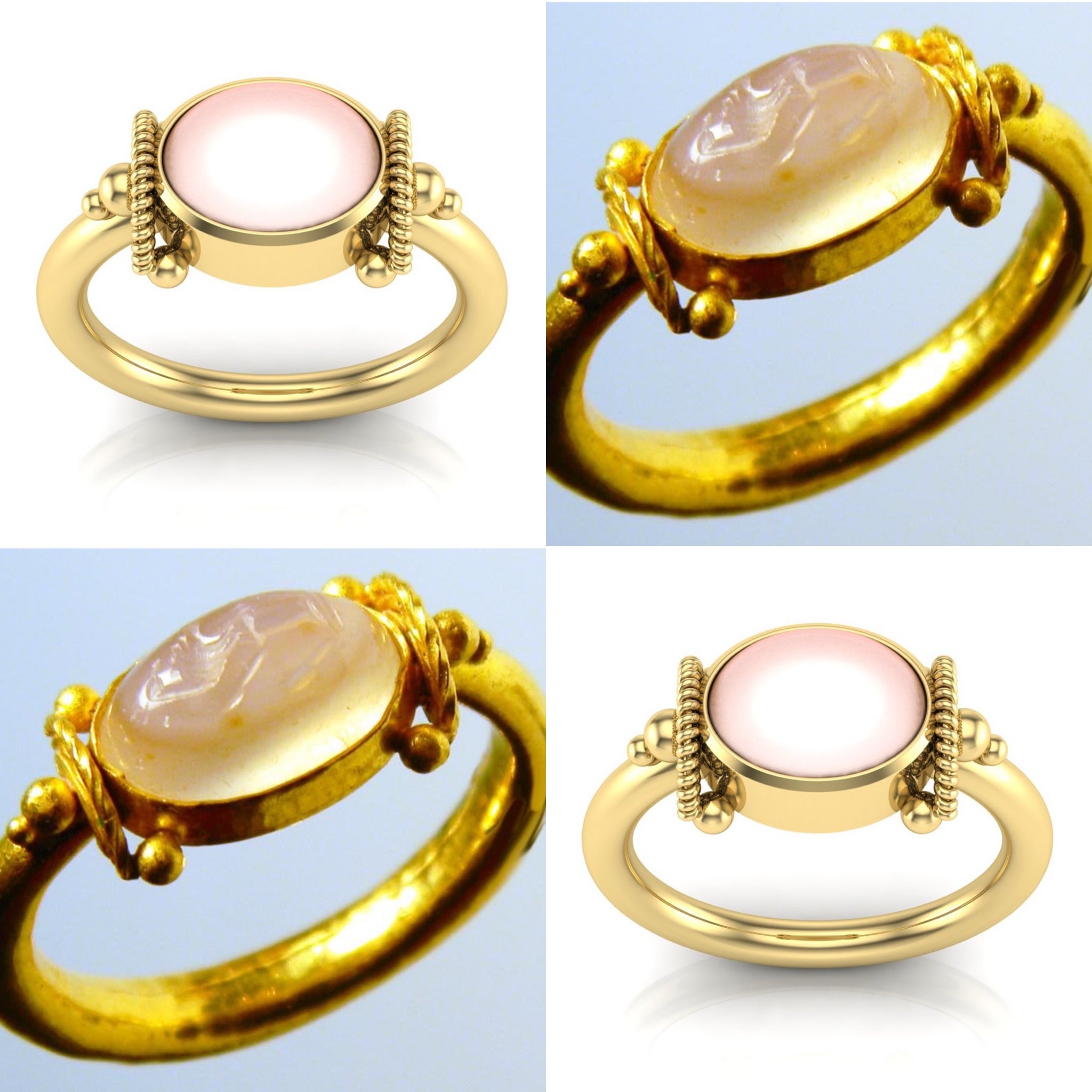
Our "Vasilki" ring is based on an ancient gold example with an engraved white quartz stone, which dates to the first century AD. "Vasiliki" is a modern Greek name meaning "queen," or "royal." It is derived from the ancient Greek word "basileus" (βασιλεύς), or "king."
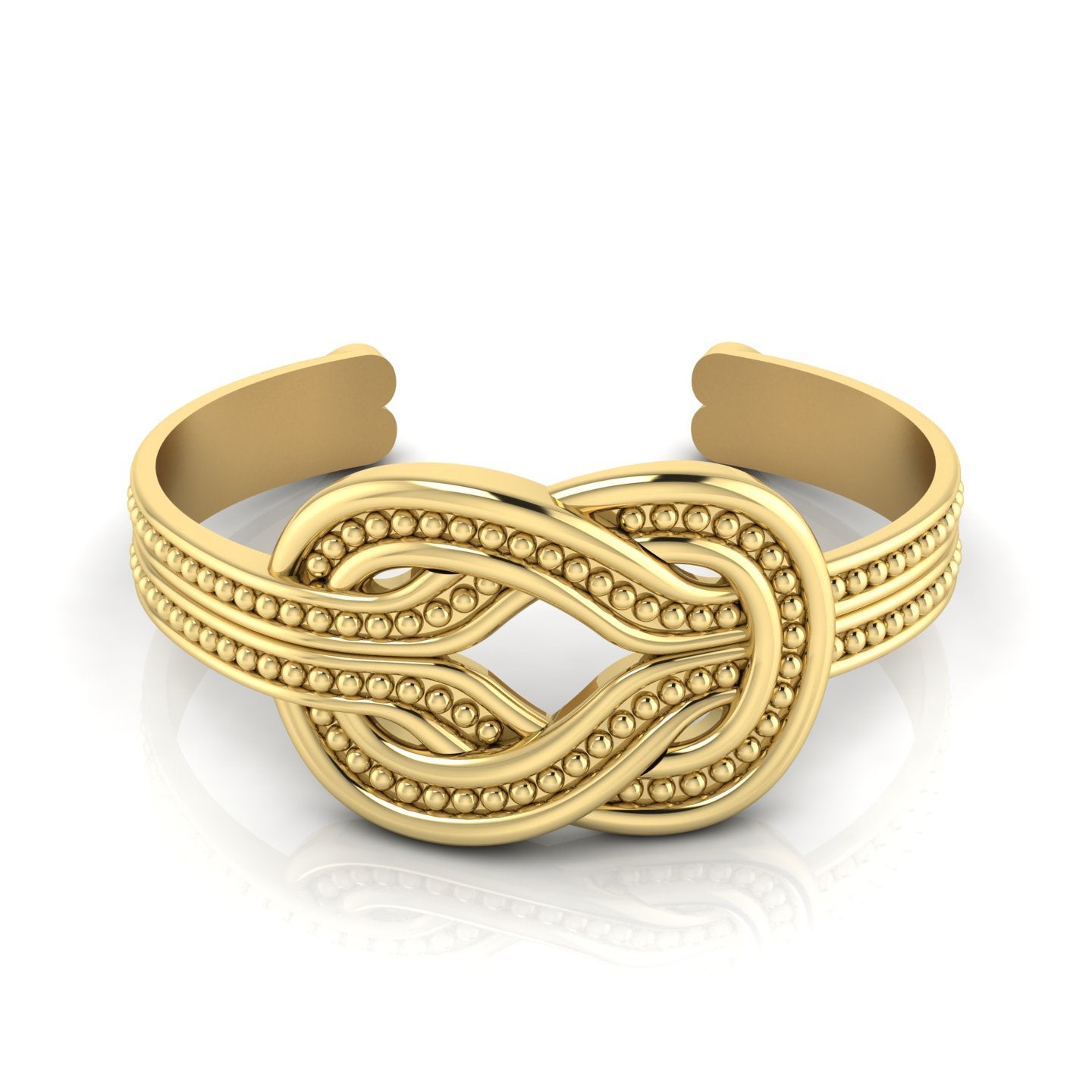
Our gorgeous "Firmitas" cuff bracelet depicts the "Hercules knot," and is modeled after the ornate clasp of a second century AD Roman bracelet. The Hercules knot originated in the ancient world. As a knot that would tighten and thus become even more stable when pulled, it quickly became a symbol for a strong bond, and thus a symbol for love and commitment. It is the origin of the phrase "tying the knot" when referring to marriage!
Our delicate and provocative "Zephyrus" pendant is based on a seventh century BC example from Lyktos, Crete.
The astounding design of this brooch comes from the fifth century BC temple of Athena Parthenos, the Parthenon, in Athens, Greece. The Parthenon's external ornamentation included gorgeous, elaborate three-meter tall marble akroteria in the form of acanthus plant stalks and tendrils that graced the apex of the roof above the pediment in both the front and the back of the building.
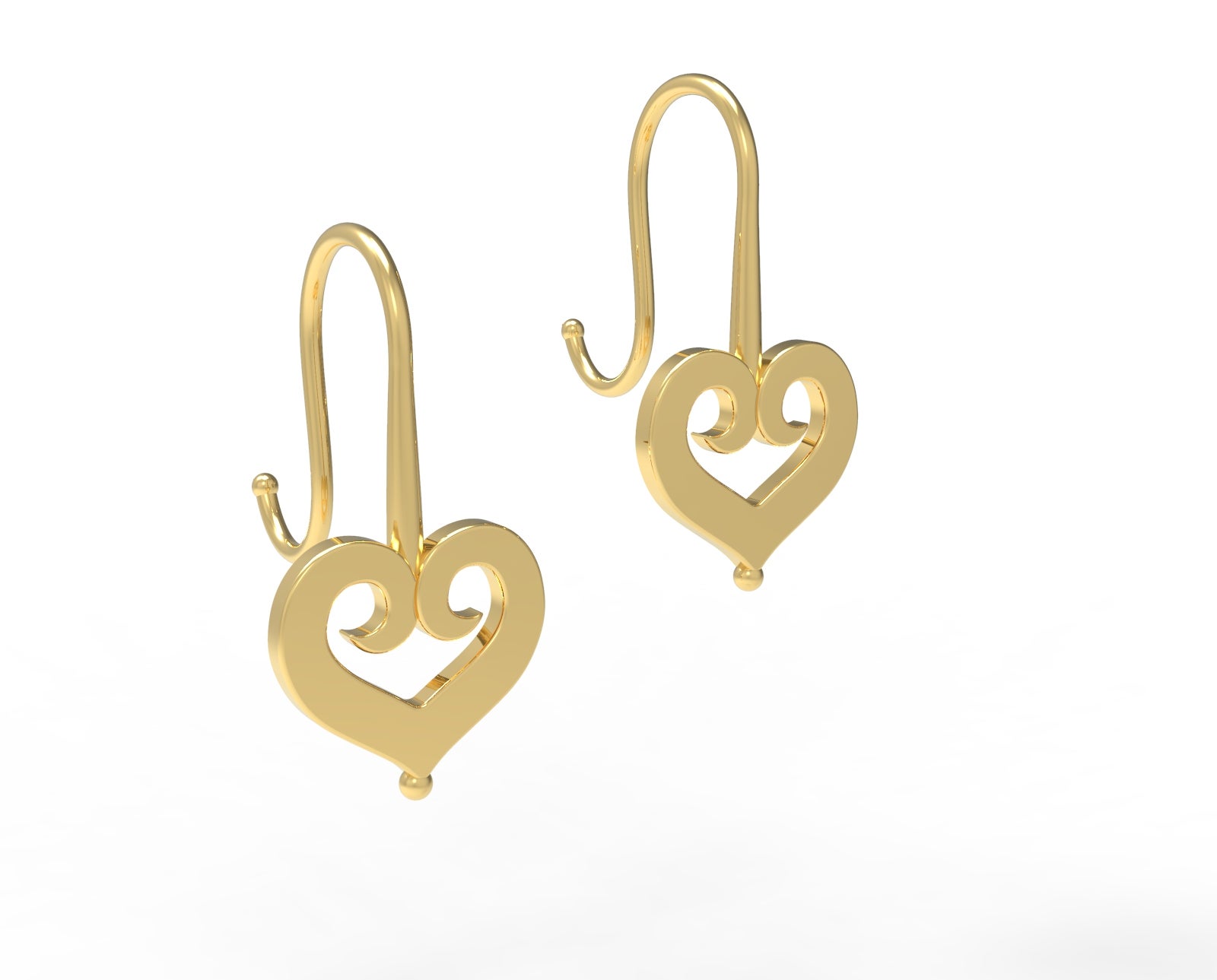
Our darling "Octavia" earrings are delicate and sweet, and have a design that is so current! In fact, the pair is modeled after an ancient Roman example. The design on the front was a very popular motif in Roman art, and while it appears to depict a heart, it was, in fact, a full and beautiful ivy leaf. As one of the attributes of the god Dionysus, ivy was a powerful symbol associated with eternal happiness.

